How to Effectively Procure Zone Tobacco Products for Your Business
1. Why Businesses Should Explore Zone Tobacco Procurement
Zone tobacco—including loose-leaf blends, rolling tobacco, and oral formats—continues to grow in popularity due to shifting consumer preferences and emerging global markets. For businesses, bulk procurement offers attractive margins, but success depends on securing reliable suppliers and implementing efficient sourcing strategies.
Partnering with experienced manufacturers like Snuff Factory ensures access to premium tobacco blends, customizable formulations, regulatory-compliant packaging, and scalable production.
2. Regional Differences in Zone Tobacco Sourcing
Global procurement conditions vary significantly by region. Understanding these differences helps businesses reduce risk, optimize cost, and improve supply chain continuity.
United States
-
Advantages: Highly regulated market with FDA-compliant suppliers offering consistent quality.
-
Channels: Licensed producers, authorized distributors, and liquid nicotine manufacturers.
-
Challenges: Complex compliance, labeling restrictions, and higher labor costs.
China
-
Advantages: Competitive pricing, vast manufacturing capacity, and strong OEM capabilities.
-
Channels: Exporters, contract manufacturers, and herbal tobacco processors.
-
Challenges: Quality control variance and longer transit times require careful supplier vetting.
Europe
-
Advantages: Innovation in flavored products and premium packaging; strong white-label infrastructure.
-
Channels: Boutique OEM facilities and niche tobacco suppliers.
-
Challenges: Region-specific regulations and elevated production costs. Insight: Regardless of region, always prioritize suppliers with verifiable quality certifications, consistent output, and a track record of international B2B partnerships. Reputable sources like Snuff Factory meet these criteria.
3. Understanding Cost Structures in Bulk Purchasing
The cost of zone tobacco procurement includes more than raw material—it’s a combination of several interconnected factors.
Primary Cost Components
-
Tobacco Material:
Influenced by blend type, leaf origin, and flavor profile. Premium or organic blends carry higher price points. -
Production & Packaging:
-
OEM: Custom tooling, branded packaging, and unique formulations involve higher initial investment.
-
White Label: Pre-formulated options offer lower upfront costs with faster time-to-market.
-
-
Shipping & Import Fees:
Logistics costs depend on destination, customs duties, container volume, and documentation.Savings Strategy: Negotiate tiered pricing, bundling logistics, or long-term contracts with high-volume suppliers like Snuff Factory to improve margin control.
4. Choosing Between White Label and OEM Production
Selecting the right production model is a key business decision that shapes your brand’s flexibility, identity, and scalability.
White Label
-
Definition: Ready-made products with generic packaging, available for rebranding.
-
Benefits: Low minimum order quantities (MOQs), reduced lead time, minimal setup.
-
Ideal For: Startups, test markets, and fast market entry.
OEM (Original Equipment Manufacturing)
-
Definition: Custom products made to your specifications—flavor, design, and packaging.
-
Benefits: Greater brand control, product differentiation, and higher profit potential.
-
Ideal For: Established businesses seeking custom offerings or niche positioning.Scalability Tip: Many companies begin with white-label options to validate demand, then move to OEM for brand growth. Consider phased scaling with flexible suppliers like Snuff Factory.
5. Step-by-Step Guide to Bulk Ordering Zone Tobacco
A structured procurement workflow helps ensure quality, compliance, and on-time delivery:
Step 1: Define Product Requirements
-
Select desired blend type (e.g., loose, flavored, organic).
-
Choose between OEM or white-label production.
Step 2: Research & Shortlist Suppliers
-
Evaluate capabilities, certifications, lead times, and production capacity.
-
Use platforms like Snuff Factory for verified sourcing.
Step 3: Request Product Samples
-
Assess flavor consistency, aroma, packaging, and physical attributes.
-
Ensure batch consistency and regulatory compliance.
Step 4: Negotiate Pricing & Terms
-
Review pricing by volume tier, customization scope, and shipping options.
-
Clarify timelines, payment terms, and after-sale service.
Step 5: Finalize the Agreement
-
Sign formal contracts detailing product specs, labeling, regulatory compliance, and delivery terms.
Step 6: Coordinate Logistics & Quality Control
-
Align delivery with your distribution schedules.
-
Conduct internal checks upon arrival for quality assurance. Pro Tip: Work with vertically integrated suppliers to reduce third-party delays and enhance supply chain visibility.
Conclusion
Zone tobacco offers a lucrative opportunity for businesses looking to expand their product lines or enter new markets. With a clear procurement strategy, understanding of cost structures, and reliable supplier partnerships, you can unlock consistent growth and strong margins.
Whether you opt for white-label convenience or OEM customization, working with seasoned suppliers like Snuff Factory ensures quality, compliance, and long-term support. Their global experience and scalable solutions make them a trusted partner for businesses aiming to thrive in the competitive tobacco space.
Take charge of your procurement today and elevate your position in the zone tobacco market.

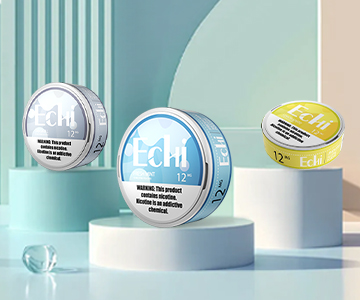
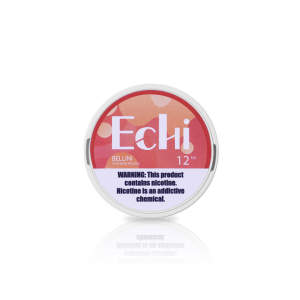
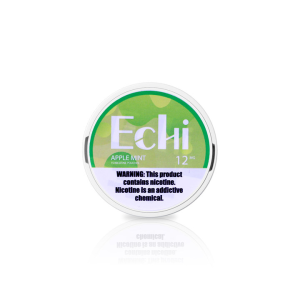
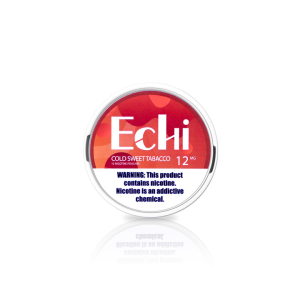
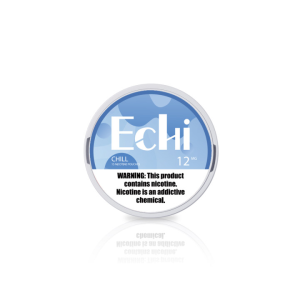
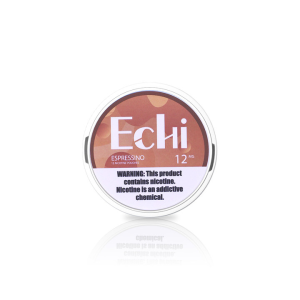
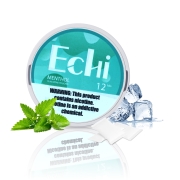
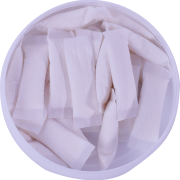
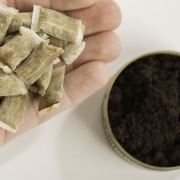
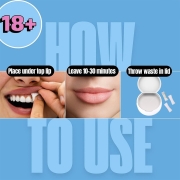
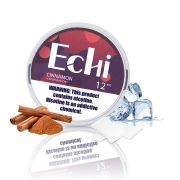
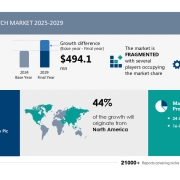

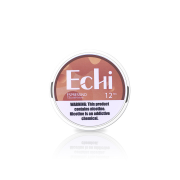


Leave a Reply
Want to join the discussion?Feel free to contribute!